If you’re considering purchasing merino wool or alpaca clothing, you’ll likely head to Google and search for educational articles or research papers on this subject. Sadly, you’ll probably get articles that are very skewed towards the website’s product line. Merino wool clothing companies are going to state you can only buy merino wool and alpaca clothing companies are going to tell you alpaca is the only answer.
I’m going to do just the opposite. I’m going to provide a comparison of merino wool and alpaca, but it will be a much more neutral comparison and it comes with personal experience mixed in.
And if you can’t tell already, I don’t believe have to choose one or the other. I think they’re both great materials and they have a purpose.
The interesting thing is I did not have this neutral opinion a year ago. It took my friend Stacie to change my mind.
My Journey With Wool Products
Back in my 20s and 30s, I would often purchase a wool coat or sweater only to return it or donate it. Once I got my new clothing item home, I realized it was so itchy I couldn’t begin to wear it on for any length of time. I was young and completely clueless about natural materials, which meant I wasted money on bad clothing.
Flash forward twenty years and I now own an alpaca farm, I create alpaca products from our herd’s fiber, and I operate an on-site and online alpaca store. My knowledge of natural fibers has exponentially grown, and I wish I could pass this knowledge to the younger me who wasted tons of money on clothing I could never wear.
So, if I’m neutral on alpaca and merino wool, what was my problem twenty years ago? Well, I have very sensitive skin and there are a lot of fabrics I cannot wear. My skin quickly reacts to guard hair on clothing, rough materials, or even hair on my face. It’s annoying, but it has helped me be a better farmer and a better producer of wool products like socks and hats.
My poor purchases made me gun-shy, and for the longest time, I would not touch anything wool. I avoided it at all costs. I thought I was allergic to all wool products. Then I fell in love with alpacas and realized alpaca fiber was magical. My mind started to shift to wool, but at that point, I would only consider alpaca products.
Then one day in 2023 I was at an alpaca show and my friend Stacie (another farmer and clothing manufacturer) threw a pair of socks at me that had a blend of merino wool and alpaca. She told me to wear them the next day and let her know what I thought. Well, I thought they were absolutely amazing. She took great pride in this revelation, and she should. Stacie makes excellent products, and she just changed an opinion I’ve held for decades.
The socks Stacie gave me were a wonderful blend of alpaca and merino wool. They were soft to the touch, squishy, and super warm. As I walked around the cold concrete exhibit floor my feet felt like they were walking in a soft, fluffy, warm cloud. And best yet, my feet didn’t feel itchy or break out in a rash like my skin did when I bought wool coats and sweaters back in the 90s.
After that day I realized I’m not allergic to all wool products made from sheep. I’m allergic to the ones that are not made for people like me. I cannot wear garments with long, pokey guard hair or higher micron fiber with larger scales (more on this below).
After that day Stacie and I had more discussion on the debate of merino wool vs. alpaca. In her quest to win me over, she sent me a hat to try to see if it would pass my sensitive skin test. It was made again of merino wool and alpaca. To my surprise, it didn’t make me itch and it felt better than some 100% alpaca hats I had tried.
This second test made me realize that what was causing my skin to turn red and itch like crazy was the prickle factor which is more about the coarseness of the fiber that comes from a higher micron count animal and the long, pokey guard hairs that might be present.
As a rule, both merino wool and alpaca fiber should not be processed into clothing if guard hair is present. When that guard hair is found in products, it signals a low-end wool product or an inexperienced manufacturer.
As alpaca farmers, we do not breed alpacas with guard hair because their fiber is subpar and shouldn’t be used. This week we had a fiber mill owner in to perform a professional “sort” on our 2023 fiber so we could turn this into more alpaca socks. One of our young boys had so much guard hair his entire fiber blanket went straight into the garbage. We had already determined this alpaca wasn’t a breeder and that he would be used for just 4-H purposes. What we didn’t realize was his guard hair was so bad the fiber couldn’t be used at all.
Knowing this information about alpaca and merino wool is a game changer for me. And it opened my eyes to a world where merino wool and alpaca can both exist and in some cases, they can produce some amazing products that are incredibly warm and very durable.
The Basics of Merino Wool and Alpaca Fiber
Alpaca and merino wool are superior products in the world of natural fibers. While merino wool is more commercially available, they are both soft and super warm. Both fibers can effortlessly go from bitter winter cold to warm summer weather and manage other elements like rain, wind, sun, and fire.
First things first, where do these fibers come from?
- Merino wool is grown by Merino sheep commonly found in Australia and New Zealand, with the vast majority of wool originating in Australia. Merino is finer and thinner than the average wool, which is what makes it feel softer and less itchy. It is also breathable and moisture-wicking, which makes merino wool a great option for making socks or base layers.
- Alpaca wool is grown by camelids found primarily in Peru and the Andes Mountains. While Peru has the majority of the world’s alpacas, you’ll find alpaca farms and ranches throughout the USA, Canada, Australia, and countries across Europe. An interesting statistic is that 90% of Peru’s fiber production comes from small family farms with an average of 45 alpacas. Alpaca fiber is super warm, silky to the touch, and hypoallergenic. And just like merino wool, it’s breathable, moisture-wicking, odor-resistant, and can hold its own in rain, snow, and summer heat.
Comparing the Characteristics of Merino Wool and Alpaca
Alpaca and merino wool both offer great features and characteristics. There is so much goodness it is hard to truly quantify it all in a concise article, so I’ll hit the most important ones.
Let’s look at the properties that make these fibers perfect for all types of clothing:
- Softness – Both materials are soft if the clothing manufacturer uses the right fiber. Merino wool is generally used between 11-24 microns, while alpaca is used between 15-25 microns. Compare that to human hair, which is between 40-50 microns to get a real understanding of how soft that fiber feels to the touch. What I’ve discovered in producing alpaca clothing is the lower micron count (with what we call royal) is hard to work with because it is so soft it becomes what I refer to as floppy. I prefer to use baby and superfine grades for alpaca, which is still soft, but also easier to work with and is better at holding its shape.
- Fiber Warmth - Wool clothing can retain or release heat and moisture allowing the body to remain comfortable whether conditions are hot or cold. Merino wool’s microscopic air pockets and alpaca’s hollow core both create ultra-warm clothing. Fiber tests show that alpaca is at least three times warmer than merino wool, however, both are very warm.
- Itchiness – When used properly, both merino and alpaca are not itchy. As I referenced above, it’s the guard hair that causes that nasty itch factor. Both alpaca and merino sheep are bred to produce fine fibers and eliminate guard hair, so when used properly, the wool and its products are soft. Fiber scales come into play as well here, with wool having much larger scales than alpaca fiber. The larger the scales, the greater that itchy feeling is present. The finer diameter of Merino wool fibers results in smaller and less prominent scales, which produces a smoother and less likely to cause itching compared to coarser wool varieties like regular sheep’s wool.
- Breathability and Temperature Regulating - The air spaces in wool insulate your body, but they also allow moisture to easily pass through which creates a lovely breathable material. This keeps your skin dry, reduces sweating, and helps level out your body’s temperature. While a lot of people could care less about this characteristic, people who hike, are in sports, or transition between temperatures will greatly appreciate this feature. Women who are in menopause (hello hot flashes) will also greatly appreciate merino wool and alpaca’s natural ability to breathe. Notice I mentioned both wool fibers. They both offer excellent breathability.
- Moisture Wicking and Odor Resistance – Both merino wool and alpaca will wick water away from your skin and help create a more comfortable wear. This wicking ability is perfect for people who struggle with sweaty, stinky feet. We’ve had lots of customers who purposely buy alpaca socks for trips to Alaska because they know they will need to wear their socks for days without washing. This wicking ability keeps their socks dry and chases away foot odor.
- Antimicrobial – And while we’re talking about feet, let’s touch on the fact that both alpaca and merino wool have antimicrobial properties. This means the material will resist the growth of odor-causing bacteria, which again helps keep socks fresh for longer periods between washes.
- Flame Resistance - Wool’s fire resistance comes from its high nitrogen and water content. These natural properties make both merino wool and alpaca difficult to ignite and they’ll burn with a low flame velocity. This helps protect skin when exposed to heat above 1058°F (570°C). Compare this to cotton which has a high burn rate or synthetic materials like nylon, polyester, and acrylic which will be slow to ignite, but once active will produce severe melting.
- Anti-Static – Let’s circle back to the moisture and wicking. Since both wool fibers have this ability, it makes them less prone to building up static. While this is one of the boring traits, it is still worth noting.
- UV Protection – Have you ever thought about wearing alpaca and merino wool in the summer? Well, you should. Both fibers have a natural ability to provide UV protection of 30 UPF and they outperform cotton which is only about 5-10 UPF. Pretty cool huh?
- Color Options – This is one area where alpaca will be superior. Merino wool is produced in mostly white fiber, whereas alpaca has between 16-22 colors depending on who you ask. The greater color options in alpaca mean fewer dyes, which is better for the environment and better for people who are allergic to commercial dyes.
- Ease of Care – Both fibers will need to have care when washing, as they are natural materials that require cool water and an avoidance to heat. Alpaca and merino wool will both allow multiple wears between washing and clothing items can last a lifetime. The caveat is this lifetime wear only applies if the clothing is washed correctly. What I tend to see is people damage their clothing because they fail to read the washing instructions or research washing options if it is a handmade item. I talk about this in-depth in another post titled How to Clean Your Alpaca Products. My washing instructions for alpaca apply to merino wool garments as well.
- Biodegradable – I can illustrate this in one simple metric: it takes 1-5 years for a wool sock to biodegrade, and it takes 30-40 years for a nylon sock to biodegrade. Alpaca and merino wool are both 100% biodegradable and in ideal conditions, wool products are almost fully degraded in six months.
- Sustainability – Both materials are natural products, and they are not produced using petroleum, so they are more sustainable than say polyester which made up 54% of the fiber market in 2022. Where we separate is impact on the earth. Alpacas are efficient grazers, they need little water, their feet are soft on the earth, and they nibble on grass and don’t pull it out of the dirt. This puts them ahead of Merino sheep and lets them win the fight over sustainability. But that said, both fibers are a natural slow fashion that requires less washing and can last a lifetime. They are the opposite of fast fashion which is killing our environment, so that’s a win for both!
If you’ve not considered one of these materials, I hope my above list gives you pause and a reason to give both a try.
Alpaca vs. Merino Wool Comparison Chart
| Merino Wool | Alpaca | |
|---|---|---|
| Average Fiber Length | 2-5 Inches | 2-6 Inches |
| Micron Count Used for Products | 11-24 Micron | 15-25 Micron |
| Fiber Grades | Extrafine, Ultrafine, Superfine | Royal, Baby, Superfine |
| Softness | Softer (Larger Scales) | Softer (Smaller Scales) |
| Warmth | Great (Due to Microscopic Air Pockets) | Excellent (Due to the Fiber's Hollow Core) |
| Itchiness | Not Itchy | Not Itchy |
| Grease Content | 30% | 5% |
| Breathability | Excellent | Excellent |
| Temperature Regulating | Excellent | Excellent |
| Water Resistant | Good | Great |
| Moisture Wicking | Excellent | Excellent |
| Odor Resistant | Excellent | Excellent |
| Antimicrobial | Naturally Antimicrobial | Naturally Antimicrobial |
| Durability and Fiber Strength | Strong (30-40 N/ktex) | Stronger (>50 N/ktex) |
| Weight | Average | Lighter |
| Colors | Primarily White | Lots of Natural Colors |
| Flame Resistant | Naturally Resistant to Fire | Naturally Resistant to Fire |
| UV Protection | Good | Good |
| Anti-Static | Good | Good |
| Ease of Care | Good | Good |
| Biodegradable | 100% in 6 Months | 100% in 6 Months |
| Sustainability | Fairly Eco-Friendly | Very Eco-Friendly |
| Shearing Frequency | Annual | Annual |
So Which Fiber Is Better?
Is one wool fiber really better than the other? I think it depends on who you ask.
If I had to choose, I’d pick alpaca hands down. Alpaca offers the same great characteristics as merino wool, but it has a better performance with warmth and odor control, it has more natural color options, and it is better for the environment.
But that said, I do believe both merino wool and alpaca are great materials, and both should be considered as wardrobe staples for items like socks, sweaters, and coats. I now wear both and I’m happier and warmer because of it.
Example Products Made From a Blend of Merino and Alpaca
Resources:
https://www.researchgate.net/figure/mages-of-Alpaca-a-and-Merino-wool-d-fibres-observed-at-the-scanning-electron_fig1_263094194
https://www.alpacaresearch.org/resources/dyn/files/319759z7dbdf304/_fn/fiber-characteristicsof-huacayas.pdf
https://www.alpacainfo.com/_resources/dyn/files/619215z46612973/_fn/alpaca-fiber-characteristics-fuqua.pdf
https://archive.org/details/completealpacabo0000hoff
https://www.phoenix.gov/fire/safety-information/home/fabrics
https://iwto.org/sustainability/biodegradability/
https://textileexchange.org/app/uploads/2023/11/Materials-Market-Report-2023.pdf

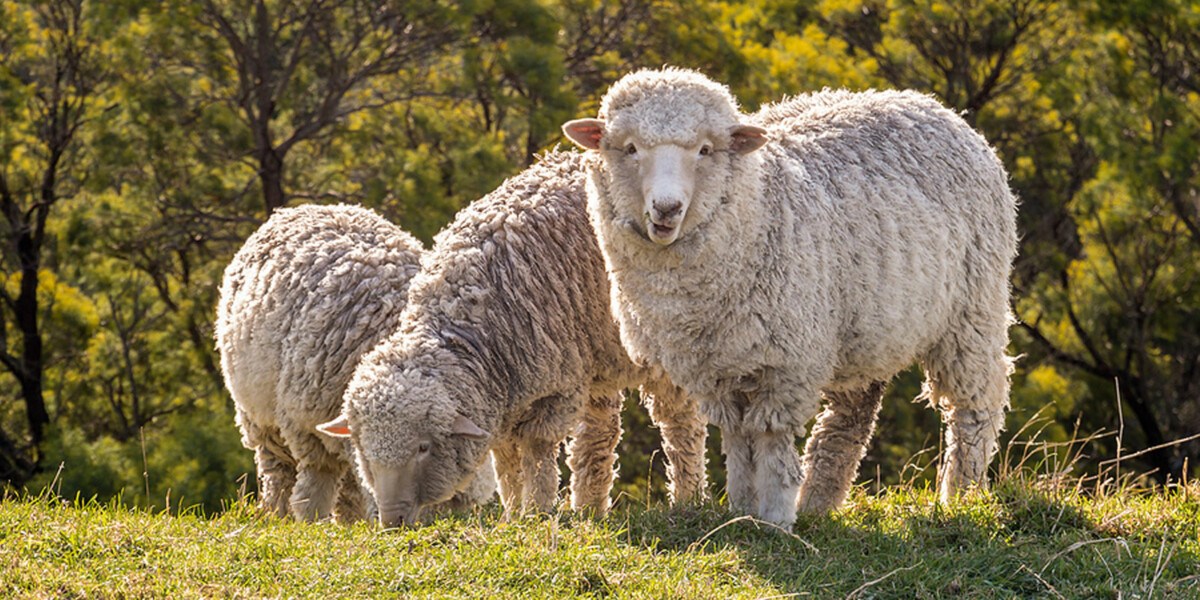
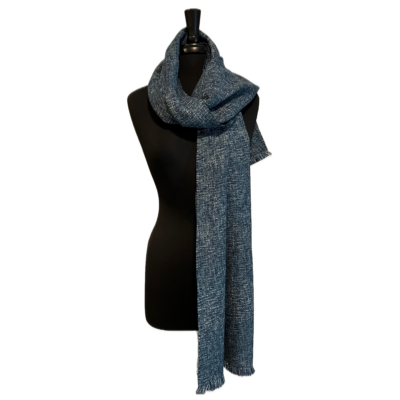
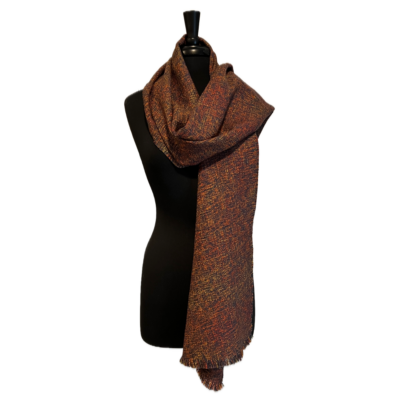

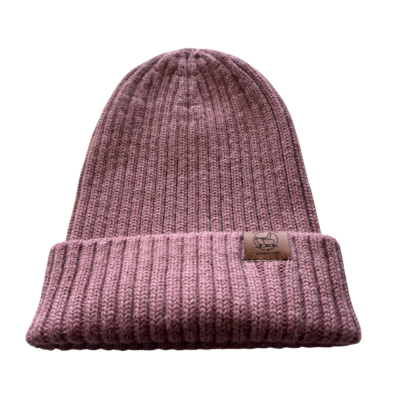


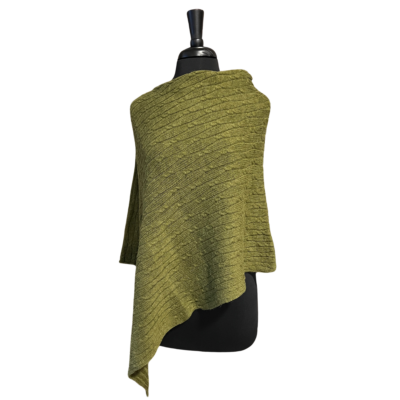
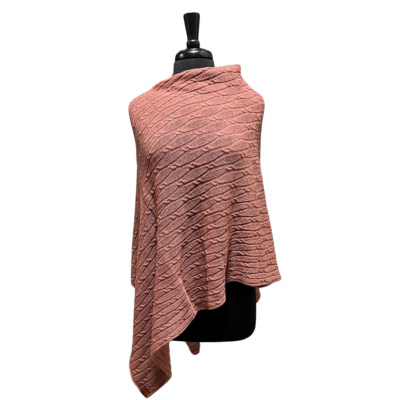
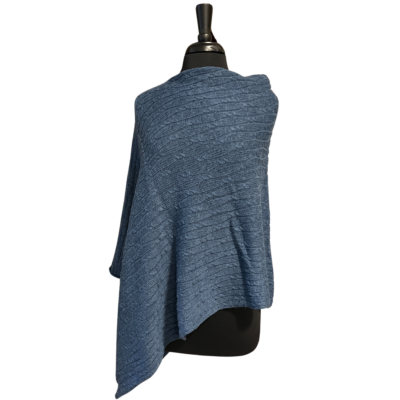
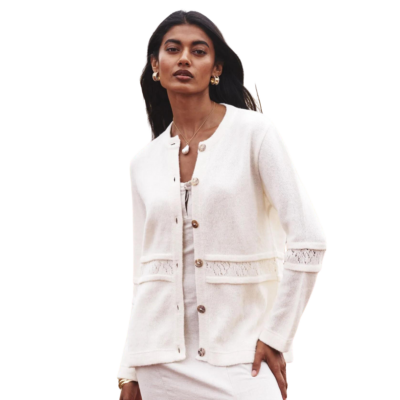
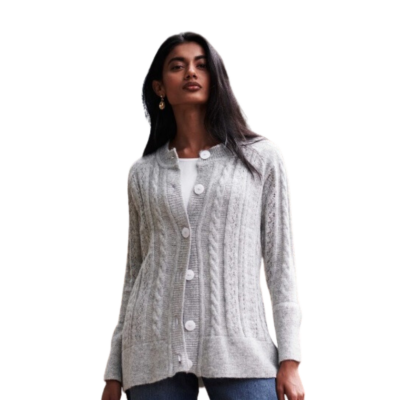
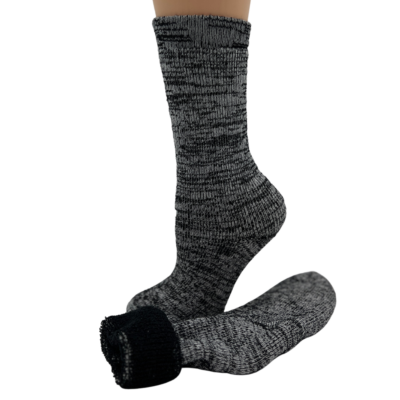
You neglected to cover durability or resistance to abrasion. Alpaca wool socks are more comfortable for me for many of the reasons you cite. They also wear out far, far faster in my experience.
Christian I would suspect this is because of the fineness of fiber used in the socks you’ve tried. The lower the fiber micron (softer feel), the faster the socks will wear. Baby alpaca socks are super soft, but they come with less durability. We tend not to use baby alpaca for our sock line, and instead, we try to use grades 3 and 4 to improve durability. The caveat to this is the therapeutic socks we are making, which need to be soft, so we are opting for grade 3 more than anything for this style.
This was fantastic & objective. Thank you for the education. I am sold on both.